
|
Rook
|
||
|
Taken
at Stevenston on 25th November 2025 using Nikon Coolpix P950
|

|
|
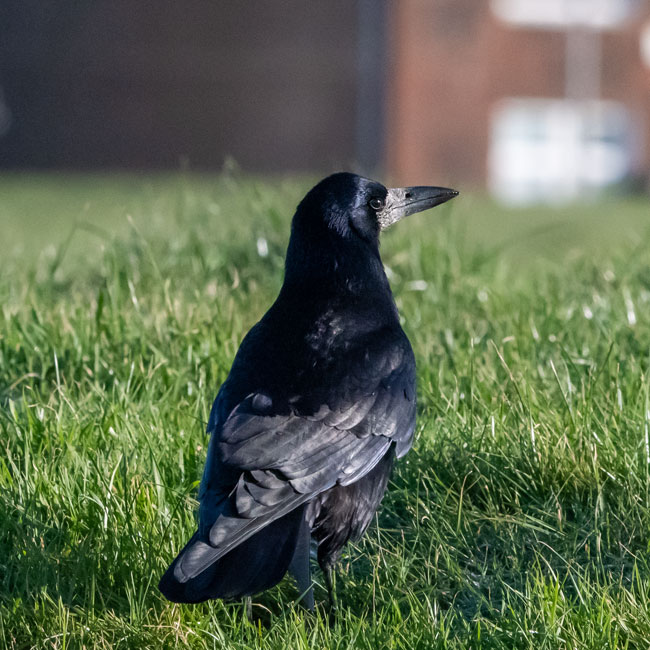
| Taken at Troon on 5th September 2023 using Nikon D500 with Sigma 600 mm zoom lens. |  |
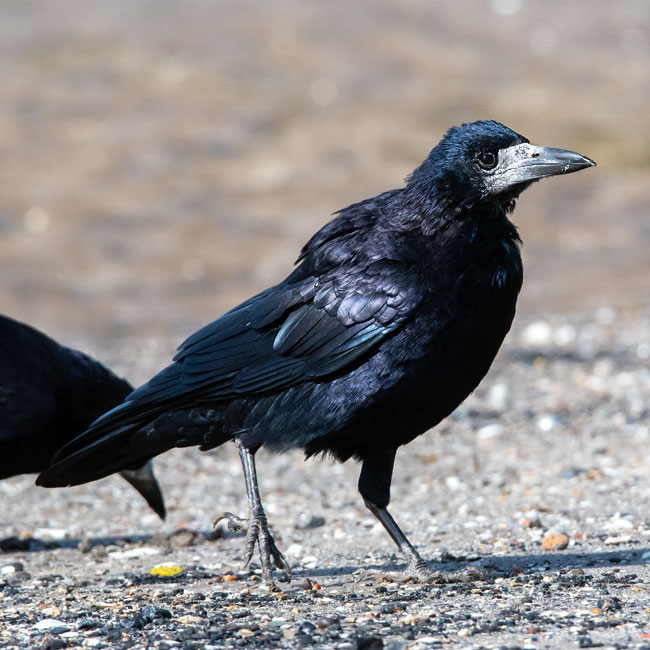
| Taken at Doonfoot on 30th May 2021 using Nikon D500 with 600 mm zoom lens |  |
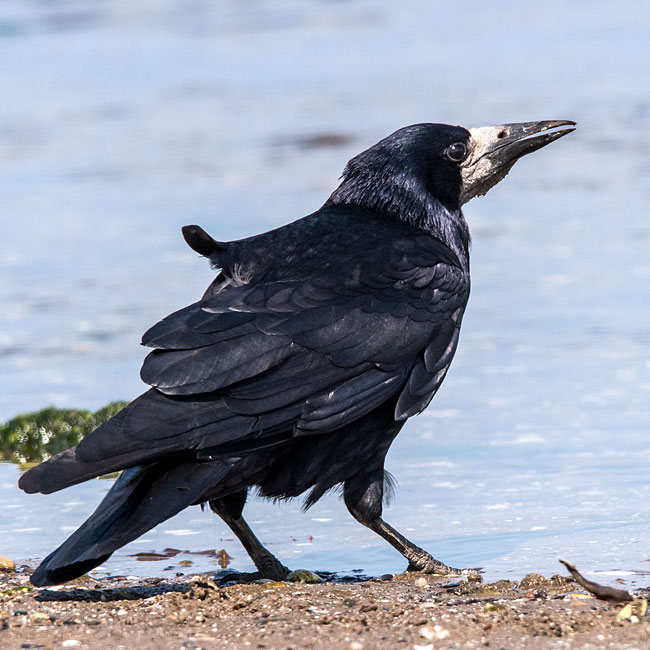
| Taken at Longhaugh Point on 23rd September 2020 using Panasonic Lumix LX5 in macro mode |  |
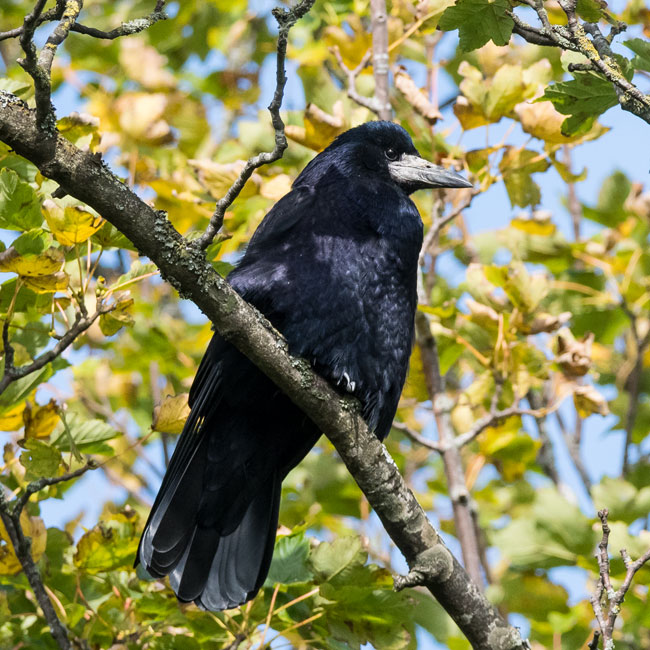
| Catching the third eyelid. Taken at Linlithgow on 22nd February 2018 using Nikon D5200 with Sigma 600 mm zoom lens. |
 |
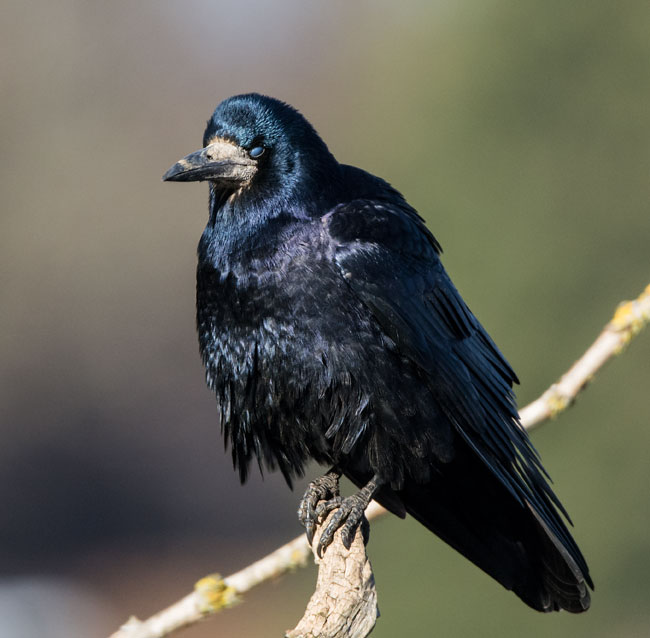
| Taken at Irvine Harbour on 29th July 2018 using Nikon D500 with Sigma 600 mm zoom lens. |  |
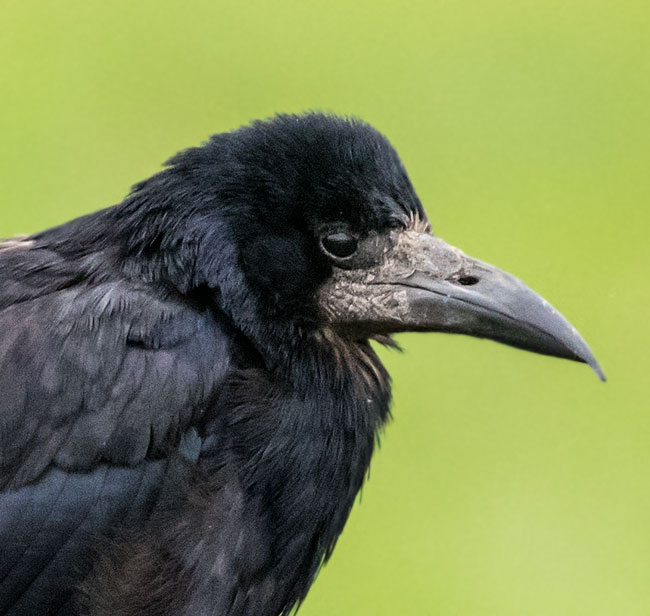
| Juveniles ( Two rightmost birds ) Taken at Eden Estuary on 16th June 2015 using Nikon D5200 with Sigma 150-500 mm zoom lens. |
 |
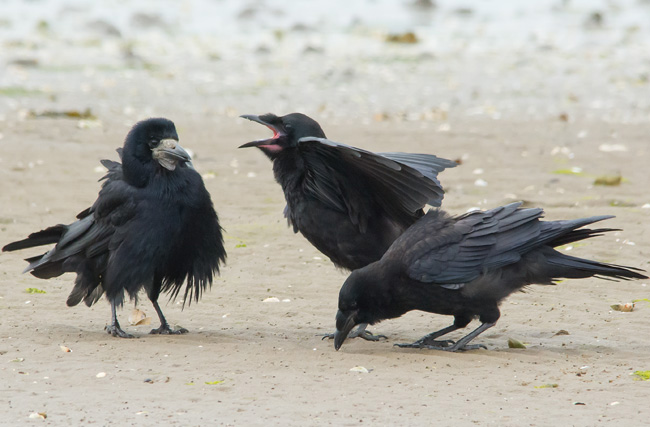
Taken at Doonfoot on 30th April 2017 using Nikon D5200 with Sigma 600 mm zoom lens. |
 |
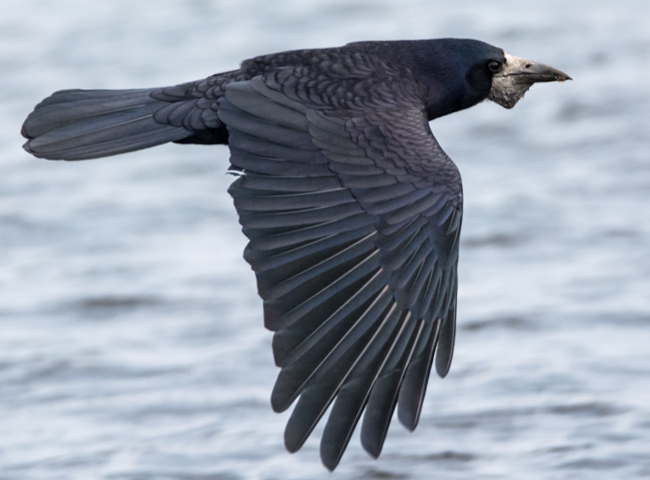
| Taken at Linlithgow on 26th October 2015 using a Nikon D5200 with Sigma 600 mm zoom lens. |  |
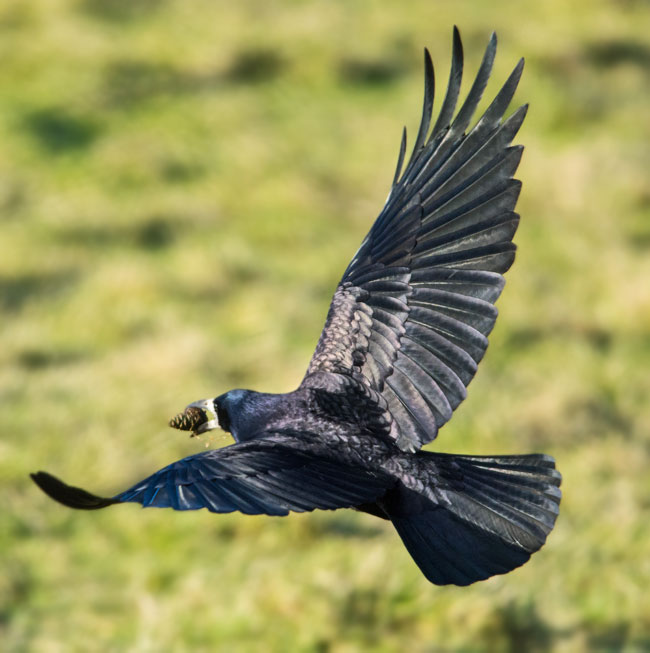
| Rook. |
| Species: Order: Family: Local Names: |
Corvus
frugilegus Passeriformes. Corvidae |
| Site
Of Nest: Food: Feature: Plumage: Length: Breeding Period: Eggs: |
Large nest of sticks high in trees. Worms, larvae, seeds, roots, roadkill. In captivity, when confronted with problems, rooks have been documented as one of several species of birds capable of using tools. Rooks learned that if they push a stone off a ledge into a tube, they will get food. The rooks then discovered they could find and bring a stone and carry it to the tube if no stone was there already. They also used sticks and wire, and figured out how to bend a wire into a hook to reach an item. Rooks are as clever at making and using simple tools with their beaks as chimpanzees are with their hands. Black feathers often showing a blue or bluish-purple sheen in bright sunlight. The feathers on the head, neck and shoulders are particularly dense and silky. The legs and feet are generally black and the bill grey-black. 45 - 47 cms. February - March. 3 - 5. |
| Voice: |